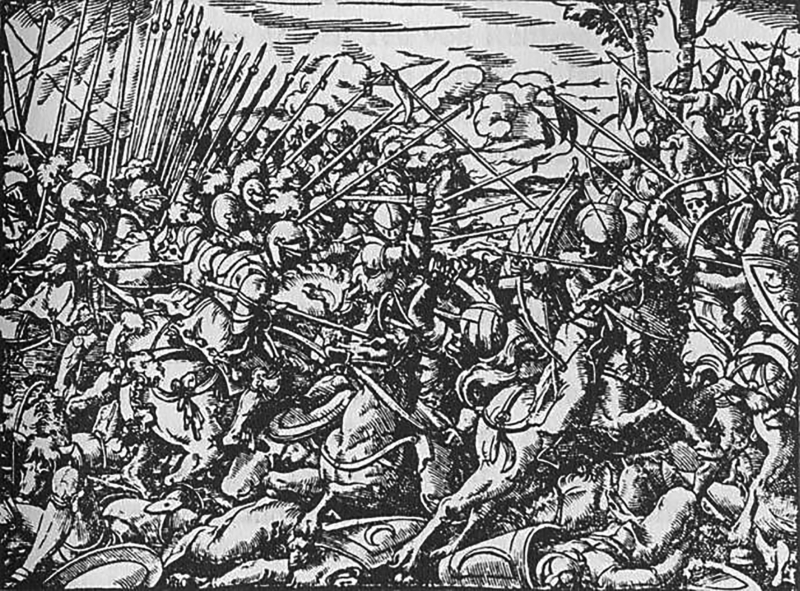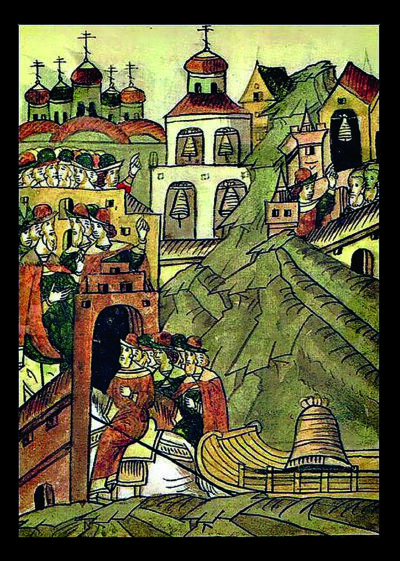1170. After the burning of Kyiv, Bogolyubsky’s army makes the first unsuccessful attempt to take over Novgorod, the capital of the republic, which is separated from Kyiv but retains its influence and democratic elements of governance.
The subsequent destruction of Velyky Novgorod by Moscovy will be one of the key moments in European history.
1471. After the plague epidemic, the Novgorod Republic was significantly weakened by the mass death of its inhabitants.
Velyky Novgorod separated from Kyivan Rus in 1136, inheriting the Viche, as an instrument of the democracy of that time.
In the 15th century, it was a modern, wealthy center of international trade with a large literate population.
After Moscow’s encroachments, Posadnytsa Marfa Boretska, realizing that the forces were unequal, turned to Grand Prince Casymir with a request to join the republic to the Grand Duchy of Lithuania to ensure protection.
Casymir ignores the appeal, which has fatal consequences in a historical perspective. (First, the compelled unia of the Grand Duchy of Lithuania with Poland, and later the destruction of the union state, the Polish-Lithuanian
Commonwealth, by Moscovy which had accumulated strength by occupying vast territories).
Moscovy accuses Novgorod of betraying the Orthodox faith, spreads lies about its aspiration to Catholicism, and declares a “crusade.”
Part of the Novgorod oligarchy spreads pro-Moscovy sentiments and hopes to reach an agreement with Moscovites.
Prince Ivan III of Moscovy captures Novgorod at the cost of destroying 12 thousand people, after which he mercilessly plunders and kills its inhabitants.
“There was no mercy for farmers, women, or children. The governor Kholmsky burned Rus’ to ashes and ordered the prisoners’ noses and lips to be cut off. Later, he sent the crippled to Novgorod”.
Russian historian Karamzin.
300 carts with gold, silver and other jewels were taken out of Novgorod.
1478. During another punitive operation in Novgorod, Ivan III destroys the Viche and takes the Viche bell to Moscow.
In 1487-1488, perhaps the first mass ethnic cleansing took place. In order to change the national composition and finally suppress Velyky Novgorod’s desire for freedom, Ivan III executed representatives of the elite en masse and deported thousands of families to Moscovy. Thousands of Moscovites, “service people,” were brought in to replace the wealthy boyar families.
“In extreme cases, as in Novgorod, the Moscovy authorities helped unification by simply exterminating the unyielding populations, removing the natives and transferring Moscovy residents to their places, establishing Moscovy rules of governance and life”.
Russian academician A. N. Pypin “History of Russian Ethnography” St. Petersburg, 1891


